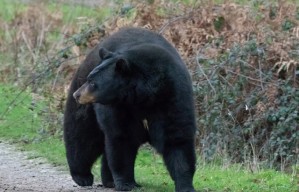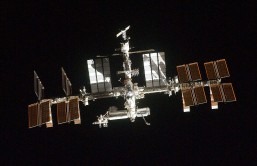A scientist discovered a strange predatory advantage in spiders while playing with his daughter's toy.
An insect's flapping wings can create a positive charge, which is good news for hungry spiders. Spider webs are normally negatively charged or neutral, when an insect flies by its positive charge attracts the web making contact more likely, according to a University of California, Berkely, press release.
Researchers believe the lighter spider silk, used to build spirals on the web's stronger foundation, developed to become easily detached and snag insects.
"Electrostatic charges are everywhere, and we propose that this may have driven the evolution of specialized webs," Victor Manuel Ortega-Jimenez, the UC Berkeley post-doctoral fellow who made the discovery, said.
Ortega-Jimenez made the discovery while playing with his four-year-old daughter's toy.
"I was playing with my daughter's magic wand, a toy that produces an electrostatic charge, and I noticed that the positive charge attracted spider webs," he said. "I then realized that if an insect is positively charged too it could perhaps attract an oppositely charged spider web to affect the capture success of the spider web," he said.
A dead, charged up bee deforms the web as it gets closer.
Insects only create a few hundred bolts of electrostatic charge from flying (compared to several thousand created by a human walking across a rug), but it's enough to attract the fine tendrils of spiderweb.
Ortega-Jimenez dropped dead, charged-up, insects into a spider web.
"Using a high speed camera, you can clearly see the spider web is deforming and touching the insect before it reaches the web," Ortega-Jimenez said. "You would expect that if the web is charged negatively, the attraction would increase." Insects without a charge do not attract spiderwebs.
Ortega-Jimenez plans see if dirt and pollen are also attracted to the webs, which could explain why orb web weavers such as the cross-spider rebuild their webs every day.
WATCH:
Related Articles:
Moths Confuse Bats With Their Genitals
Bee Sperm Imported From Italy To Create "Super Bee"
Carnivorous Plant And Ants Team Up To Fight Larvae








